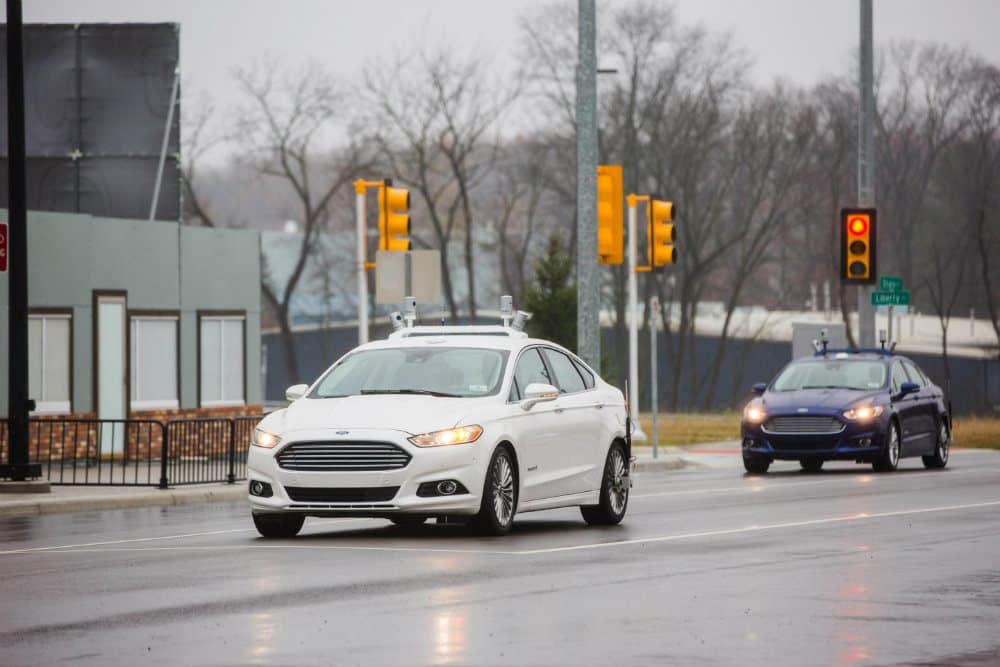Perhaps we have failed to realize just how far along some technologies are. Vehicles that drive themselves are a good example and maybe on the road in large numbers by 2020. It’s unbelievable that experiments have been conducted with regard to cars and automation since at least the 1920s. Although recently, the automobile industry has seen tremendous growth in the designing of driverless cars.
The successful trials, contests, and launching of autonomous cars are proven evidence that this concept is no longer an imagination.
Types of Autonomous Vehicles
As per the global autonomous market, vehicles will be segmented according to automation level: Driver Assistance, Partial Automation, Conditional Automation, High Automation, and Full Automation. Applications include everything from passenger cars, public transport, industrial vehicles, and agricultural machines.
Benefits of Autonomous Vehicles
The benefits are numerous and include increased safety, reduced stress, easier parking, better fuel efficiency and pollution control, and a decrease in traffic jams. Furthermore, proponents believe there will be a significant reduction in traffic collisions and resulting injuries, as the majority of accidents are caused due to human errors.
Autonomous cars can even offer mobility for elderly and disabled persons.
Global Market
If we examine geographically, the first major areas that will accommodate autonomous cars will be North America, Latin America, Western Europe, Eastern Europe, Asia Pacific, Japan, Middle East, and Africa. That means an ample amount of self-driving cars will be on the world’s roads before long and represent a tremendous growth in the autonomous vehicle market.
Leading Manufactures
The first self-sufficient cars appeared with Carnegie Mellon University’s Navlab and ALV projects in 1984 and Mercedes-Benz and Bundeswehr University’s Eureka Prometheus Project in 1987. Since then, numerous companies have developed working prototypes, including Nissan, General Motors, Fiat Chrysler Automobiles, Ford, Audi, Volvo, Google, and many more.
Below is an Infographic from Get Off Road, showing the history of and relevant data relating to autonomous cars. The infographic also includes the challenges involved in engineering an autonomous car, the technology behind the vehicles, and how DARPA has been involved in testing driverless cars.
Toby Dean works on behalf of Get Off Road in content creation and marketing. Over the past 7 years, he has worked with dozens of SME’s in both an agency and freelance capacity.

Cover Photo: Ford Motor Company


